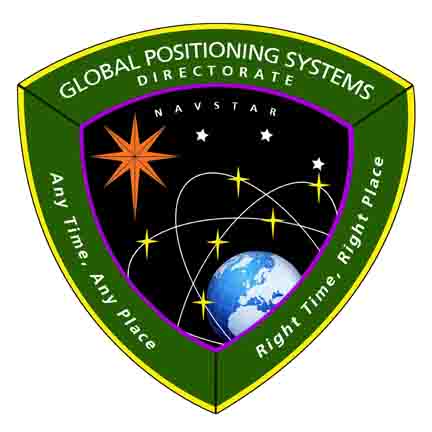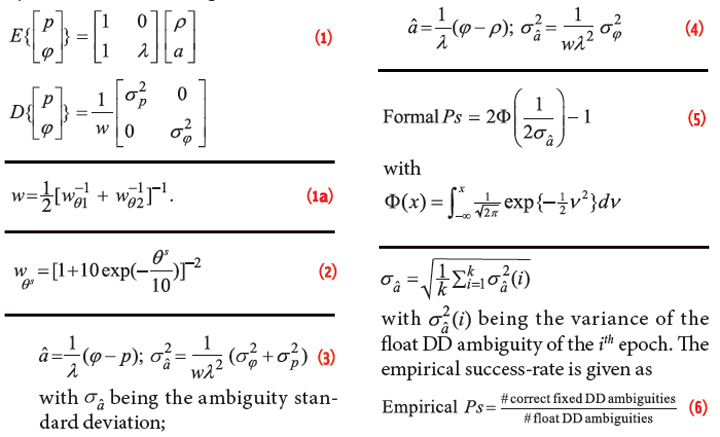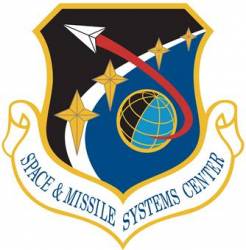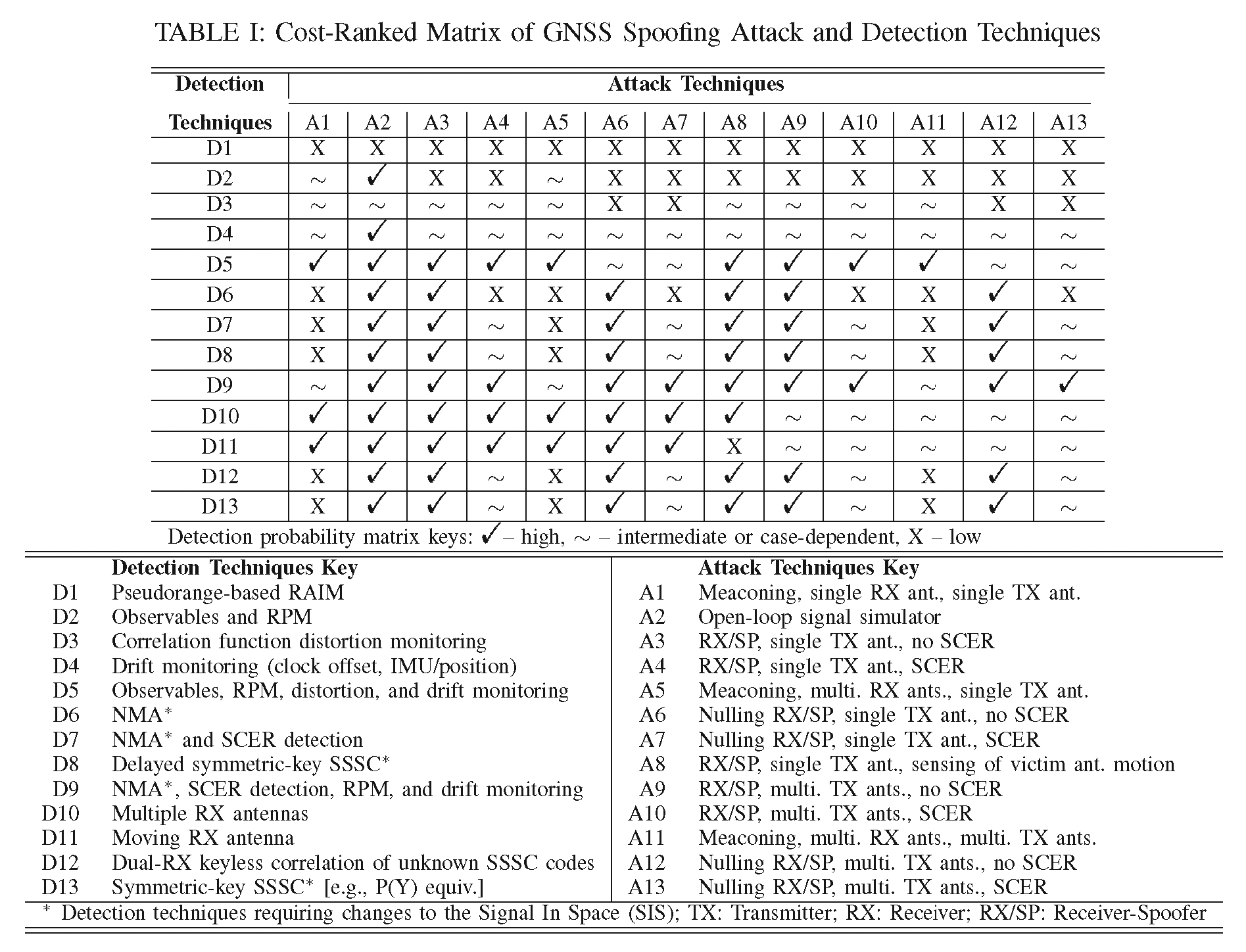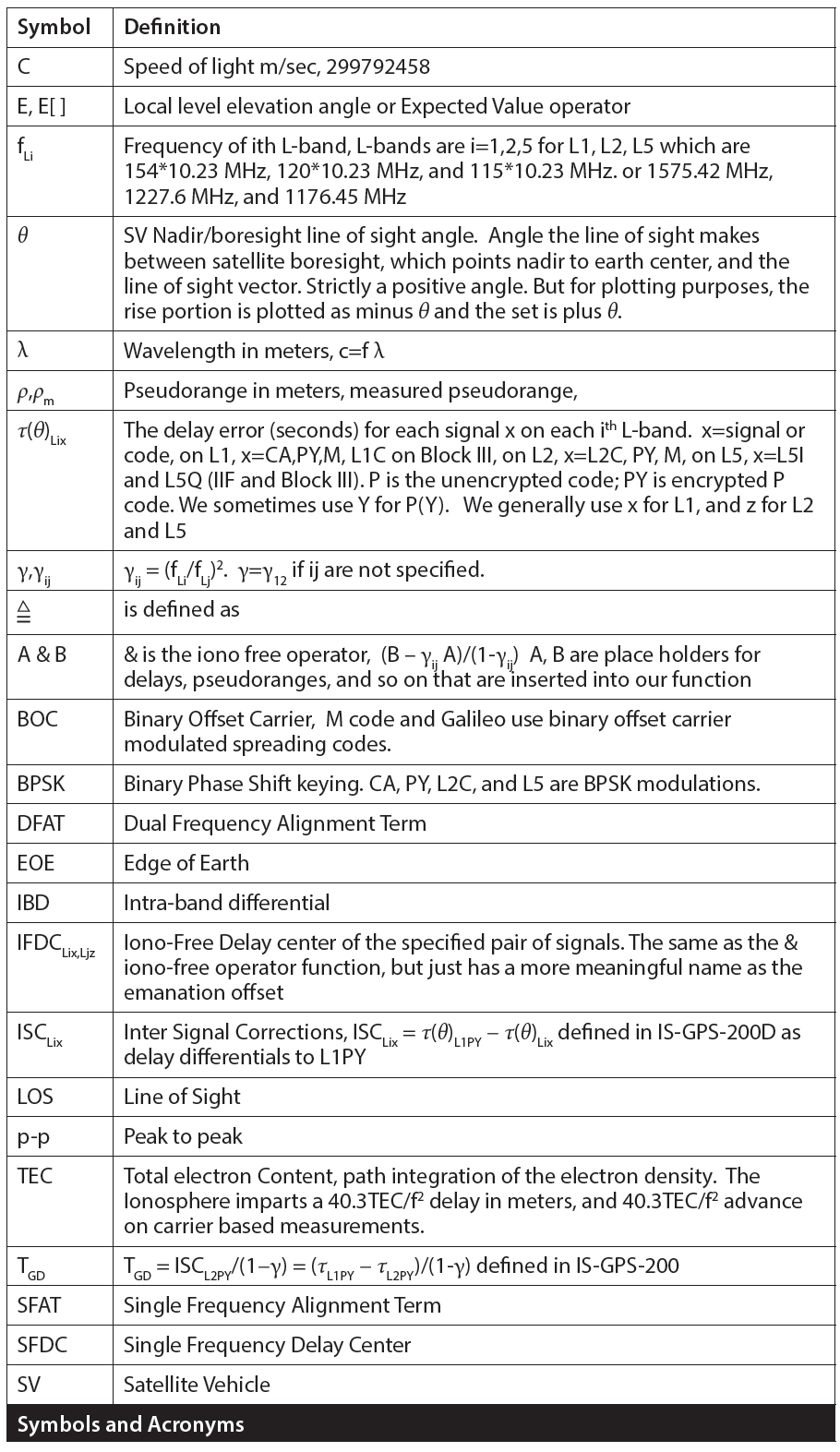GPS Directorate Seeks Public Comment On Interface Specification Changes for Signals in Space

The GPS Directorate is requesting public comments on proposed changes to several interface specification (IS) and Interface Control documents (ICDs) for GPS signals in space. GPS receiver designers will be particularly interested in the changes as they affect how GPS signals should be processed in user equipment.
By Inside GNSS
